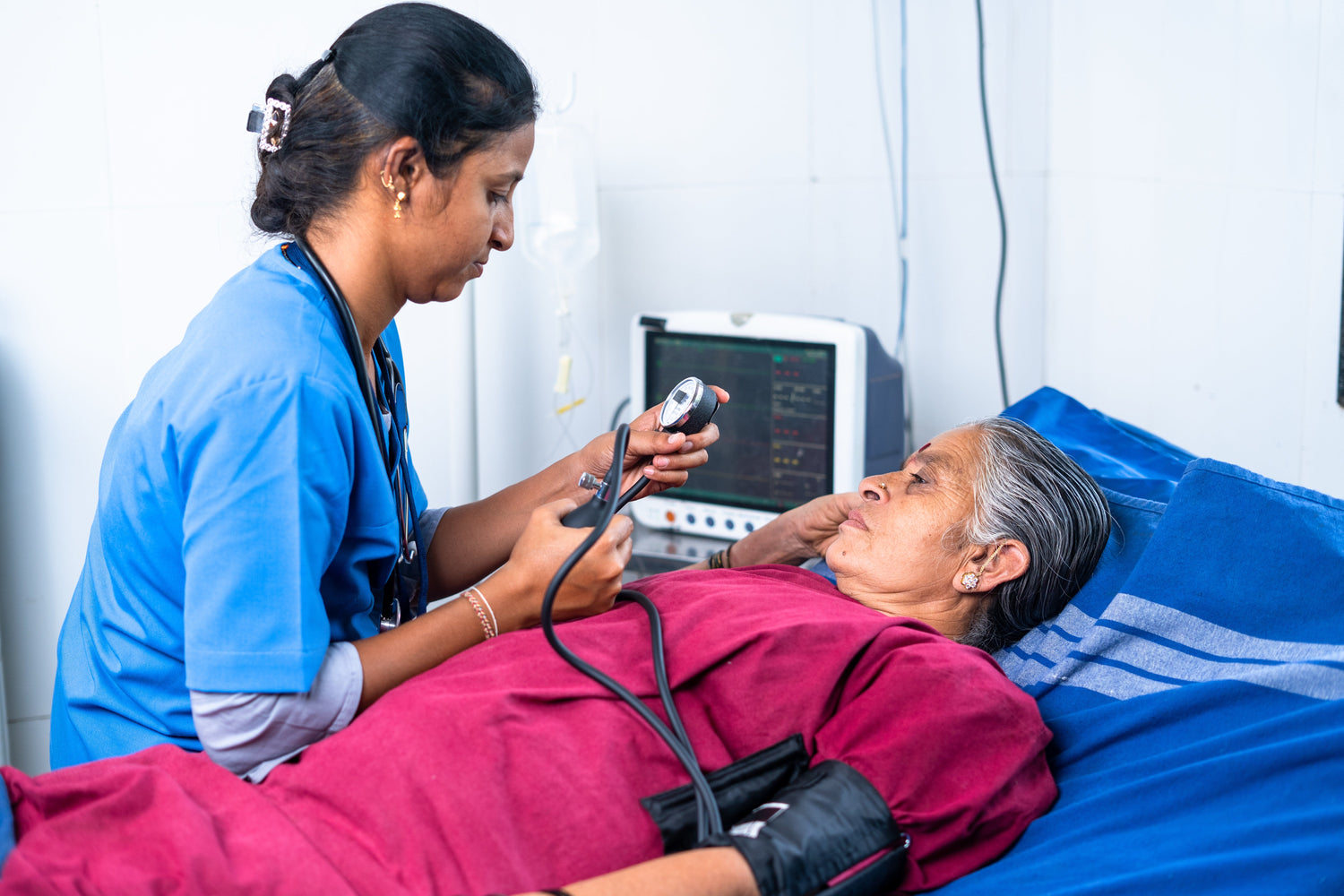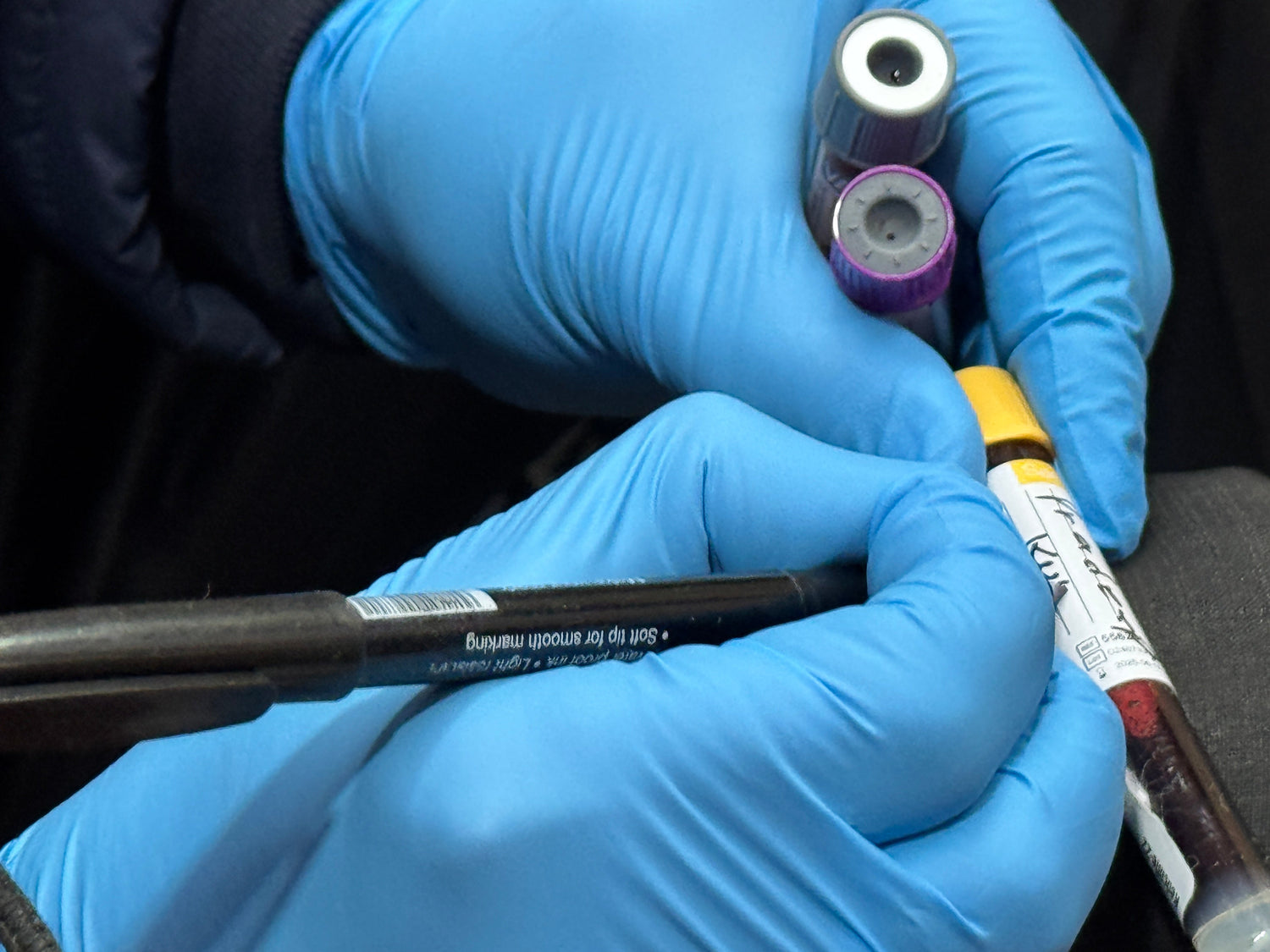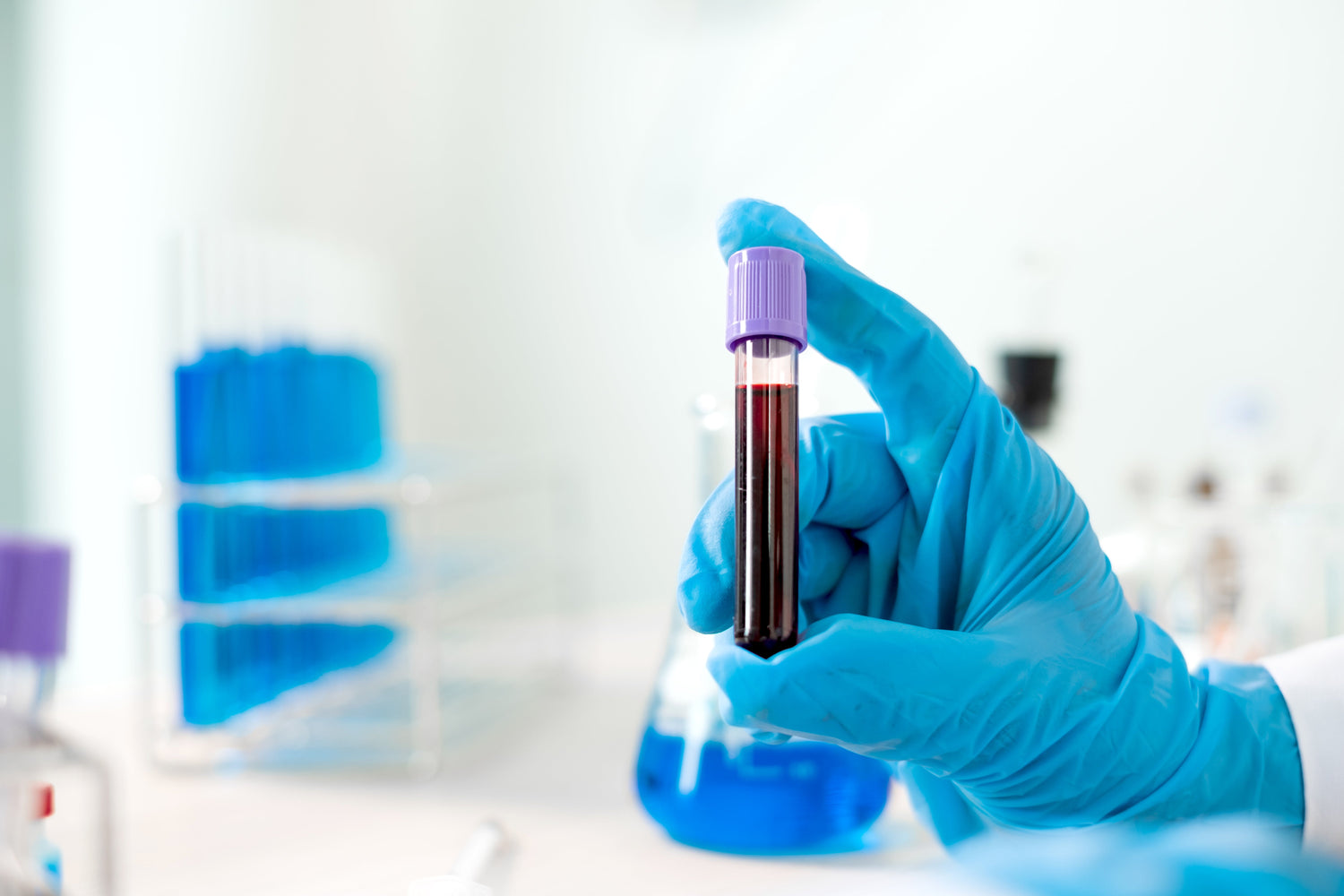
Home Collection
STEP 1
Easy Online Booking
Select test, time, and address online.
STEP 2
Live Tracking
Track Phlebotomist In Real Time
STEP 3
Safe Collection
Safe Sample Collection With Safety Protocols
STEP 4
Lab Testing
Sample Sent To Certified Lab For Testing
STEP 5
Quick Reports
Get Reports By Email Or WhatsApp With Free Doctor Consultation
Frequently Asked Questions
The most common symptoms are high fever, headache, body aches, muscle and joint pain, pain behind the eyes, nausea, rash, and swollen glands. Sometimes the infection remains asymptomatic (without symptoms).
Yes, dengue infection can be asymptomatic, especially in cases of primary infection. Some individuals might have mild symptoms, often mistaken for the flu or another viral infection.
In a primary dengue infection, the symptoms are typically mild. Meanwhile, a secondary dengue infection occurs when a person is infected a second time with a different strain of the virus and is often more severe than the first infection.
Dengue fever can last up to 2–7 days after being bitten by an infected mosquito. Most people will recover after about a week.
Rarely some people who get sick with dengue may develop severe dengue fever, which can result in shock, internal bleeding, organ failure, or even death. Severe dengue fever is life-threatening and needs medical interventions. If you have had dengue in the past, you are more likely to develop it. Infants and pregnant women are also at higher risk for developing severe dengue symptoms.
Dengue IgG positive means IgG antibodies against dengue fever are detected in your blood sample. This may indicate a past infection or a current one.
A positive dengue IgM suggests a recent infection of dengue.
Coconut water, kiwi, apricot, orange, spinach, broccoli, date, walnuts, pomegranate, beetroot, papaya leaves, and whole grains can help increase platelet count in patients with dengue.
There is no specific treatment or antiviral medicine available for dengue. The available treatment is mainly supportive, based on observing hemorrhagic and circulatory abnormalities and laboratory test results (for example, electrolytes, platelets, and hemoglobin).





















